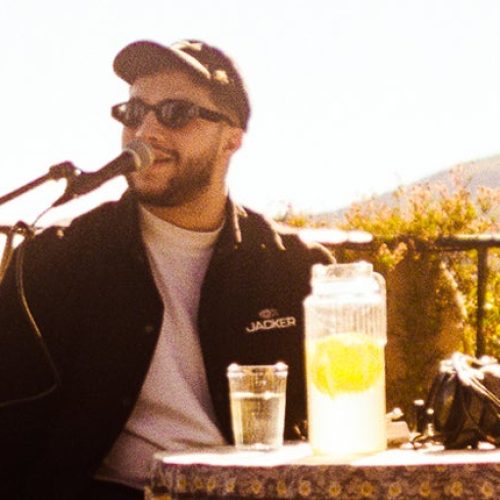Over the past years, it’s undeniable that TikTok has taken the world of internet by storm. The China-based app, which allows users to create and share short-form videos, has quickly become a cultural phenomenon in its own right, quickly taking over its predecessor “Vine” with over a billion active users worldwide. From viral dances and lip syncs to makeup tutorials, comedy skits, and political commentary, TikTok has proven to be an endless well of entertainment and inspiration.
But with great power comes great responsibility and as the app’s popularity has grown, so has its influence. As you know, trends dictate pretty much everything on the video-sharing platform from what songs we listen to and what clothes we wear, to what opinions we hold and how we present ourselves to the outside world. Some of these trends are harmless and even wholesome, like body positivity and mental health advocacy. Others however can be harmful or offensive, perpetuating stereotypes or promoting dangerous behaviors.
In May of last year already, the “Chapstick challenge” had already worried French officials, prompting the government to issue a nationwide alert. Various iterations of this challenge circulated on TikTok, but the most prevalent version entailed an individual opening a fresh stick of lip balm and committing suicide once the tube is used up leading to several cases in which young adults had put themselves in serious danger. Mere months later, a 12-year-old boy from the UK lost his life after attempting the “Black-out challenge”: a game that encourages users to reach a level of euphoria and high by holding their breath.
Recently, a new wave of eyebrow-raising videos has submerged the app where young teens can be seen aggressively pinching and rubbing their cheeks to create a temporary reddish scar on their faces. Quick to gain in popularity, with tutorial videos on the app even showing how to achieve the desired bad-boy aesthetic, the trend that may, at first sight at least, seem harmless, although a bit silly as well, turned out to not be without any risks or consequences either.
@empresslaurasophie POV: du hast empfindliche Haut und schon immer rote Backen egal ob du den Trend machst oder nicht🤡 #redcheeks #redcheekschallenge ♬ Infinity (Sped Up Version) – Jaymes Young & sped up nightcore
In an interview with RTL, a general-interest, news, talk, and music station in France, Marie Jourdan, a member of the French Society of Dermatology, warned that “the danger for these young people is that they could dilate vessels under their skin which can persist, and may require laser intervention in some cases.”
What’s more, beyond the physical consequences of such practice, concerns amongst mental health professionals are becoming louder and louder as they worry about the message it sends to young people about self-harm and its subsequent glamorization. We were aware that the competition for the most followers and likes could lead people to take extreme measures, but the impact of this trend on mental health is a troubling reflection of a society in which young people are willing to do whatever it takes to be noticed, acknowledged, and validated.
The notion of appearing battered is now considered fashionable and cool and the more risks you take, as far as the algorithm goes, the more popular you become regardless of whether it will harm you or not. And it’s just a matter of time before the first concerned realize that themselves. In fact, more and more videos can now be seen where teenagers are sharing their regrets on TikTok after discovering the flaws of the scarifying challenge on their own.
In one video, Likma, a TikTok user sobbingly shared his remorse after jumping on the dangerous bandwagon: “My mom doesn’t recognize me anymore, she doesn’t believe me when I tell her that it’s just a TikTok trend. I acted like an idiot. I did it like an idiot. But I regret it. Wallah, I regret it,” he said in another video, specifying that he had rubbed his face trying in vain to get rid of the marks.
Highlighting the darker side of social media, the fact that social media continues to play an ever-increasing role in the lives of young people, it’s crucial that we remain vigilant about the potential risks associated with these platforms. While TikTok can be a fun as it promotes creative expression and artistic thought, users must understand the potential dangers of following certain trends and challenges. Although it’s on how to do so that we’re collectively struggling with.









